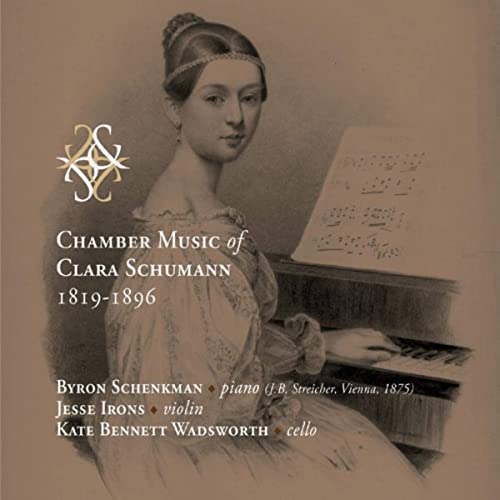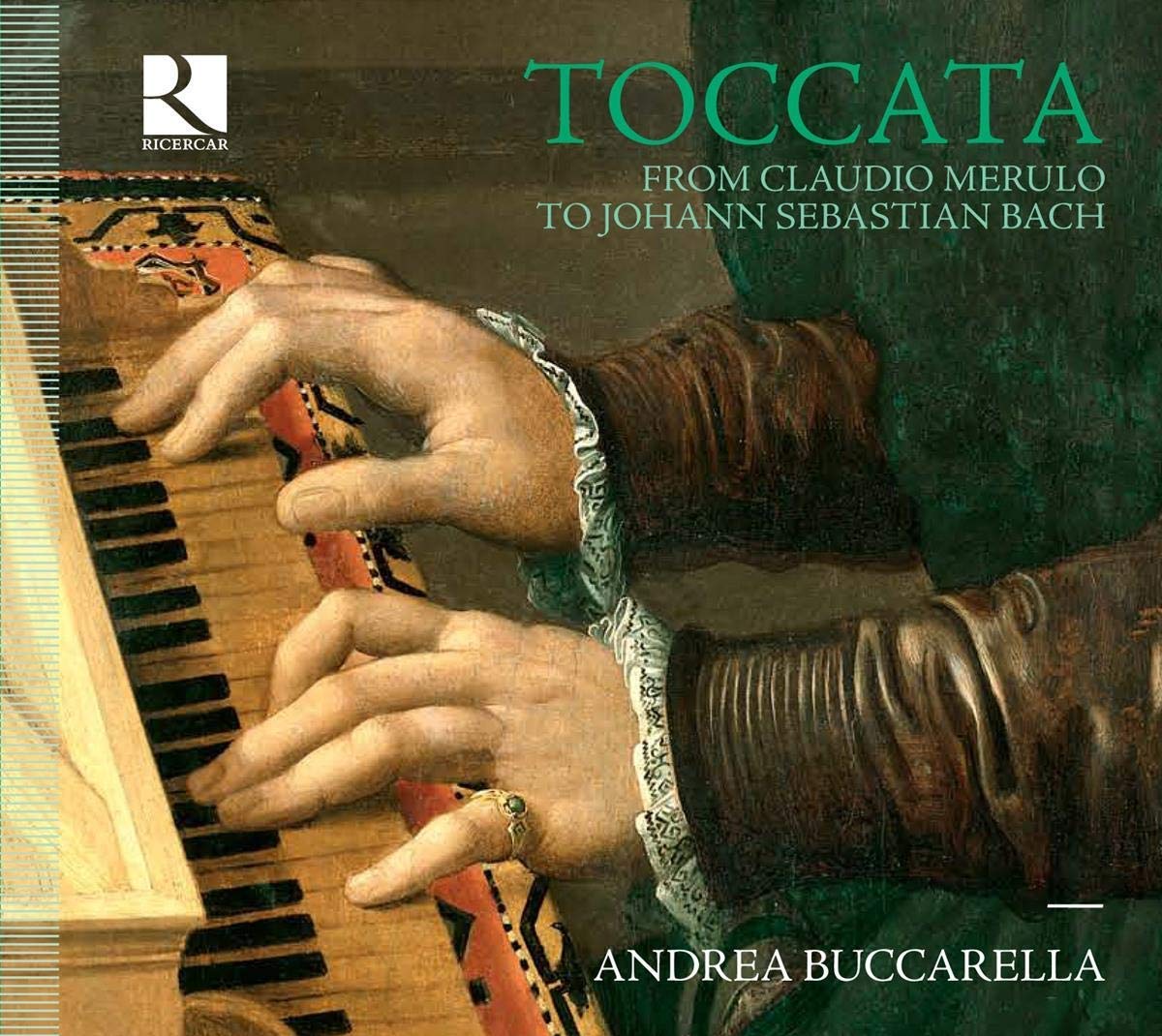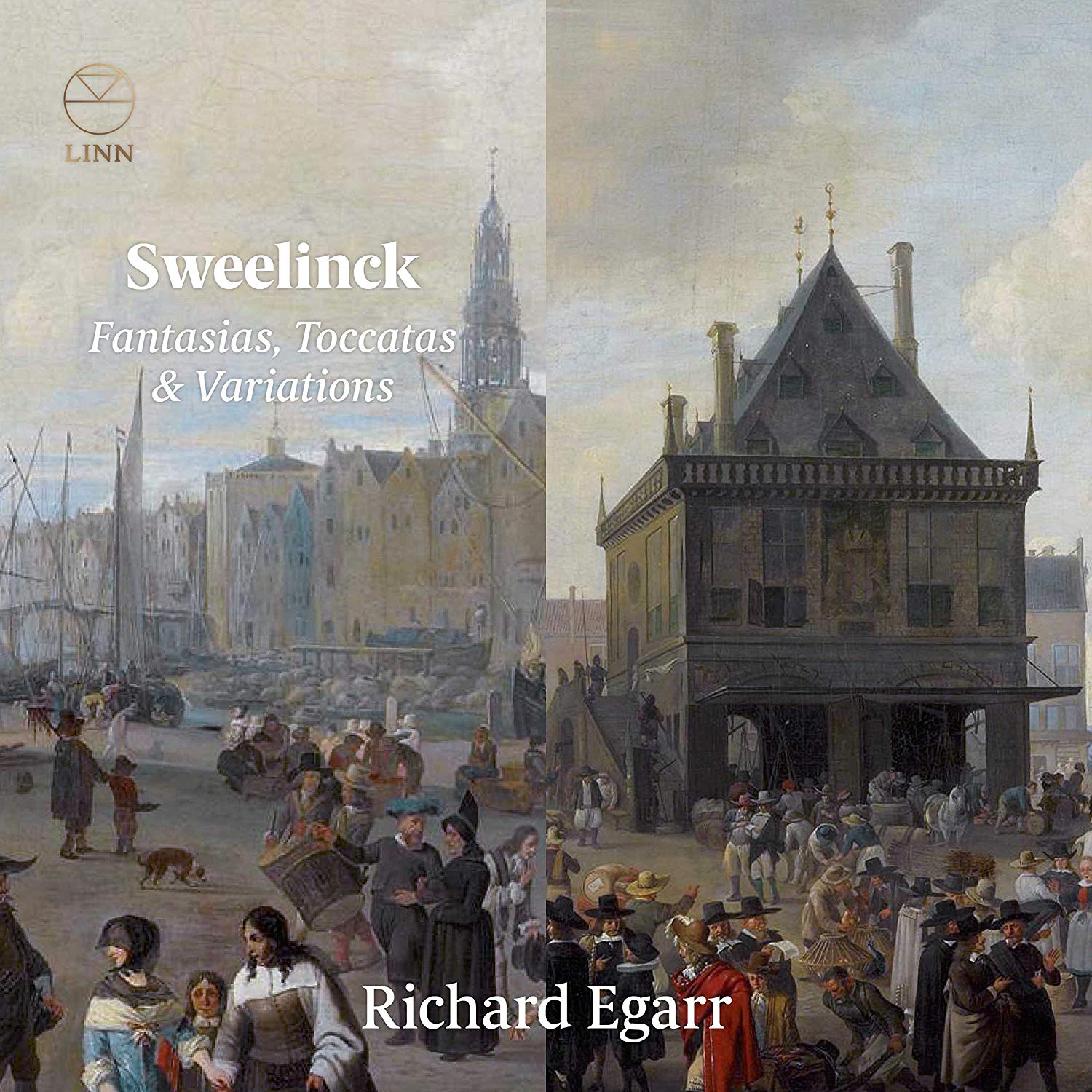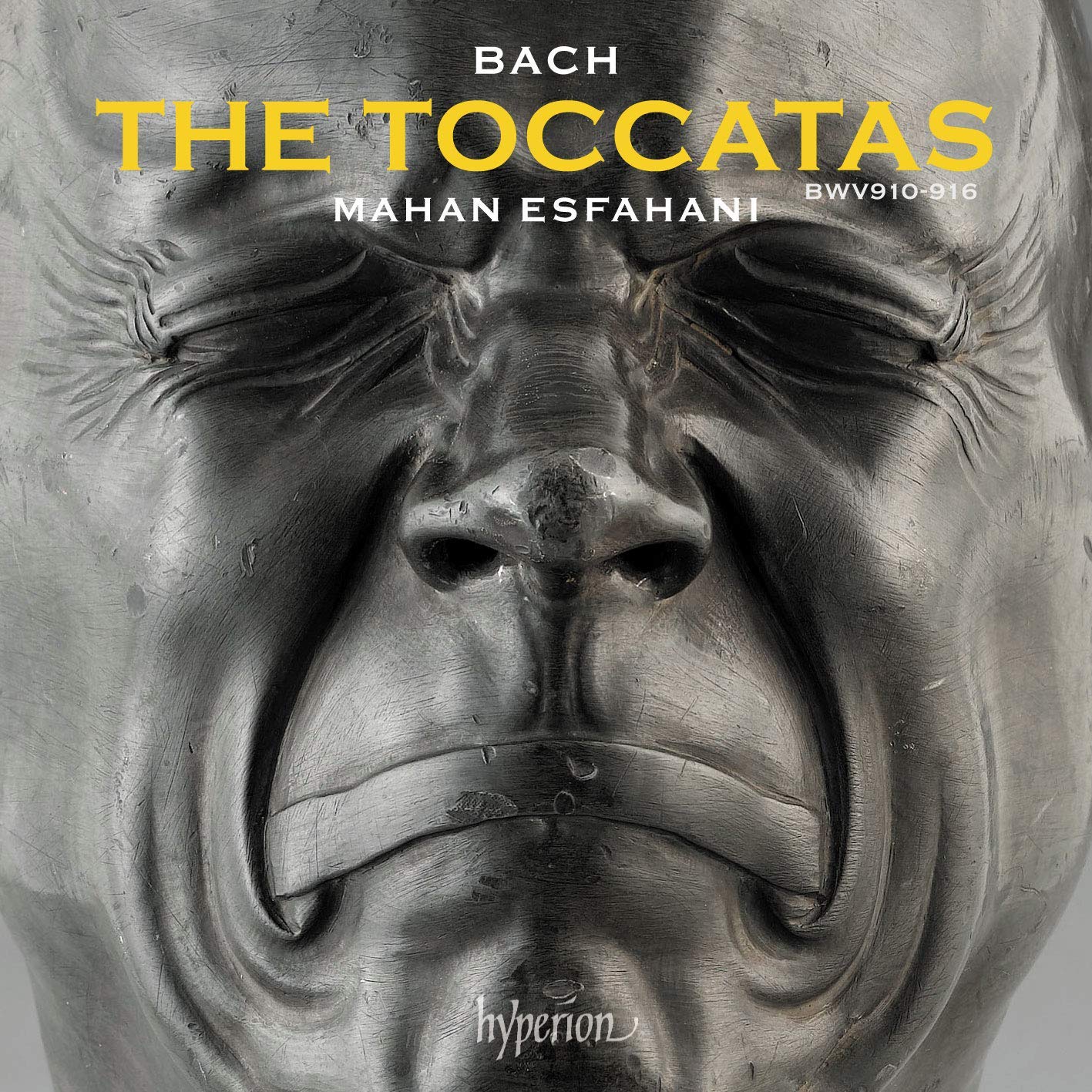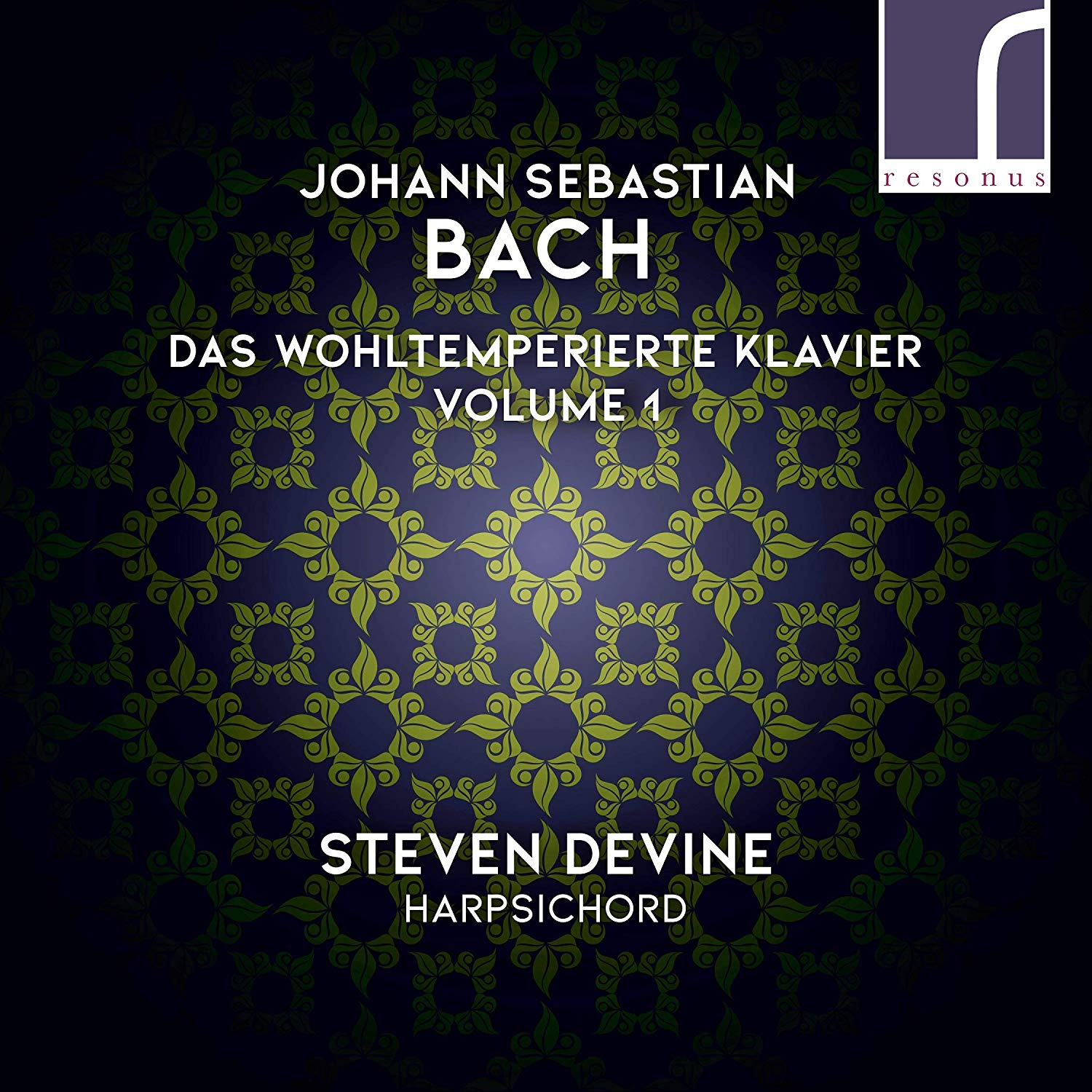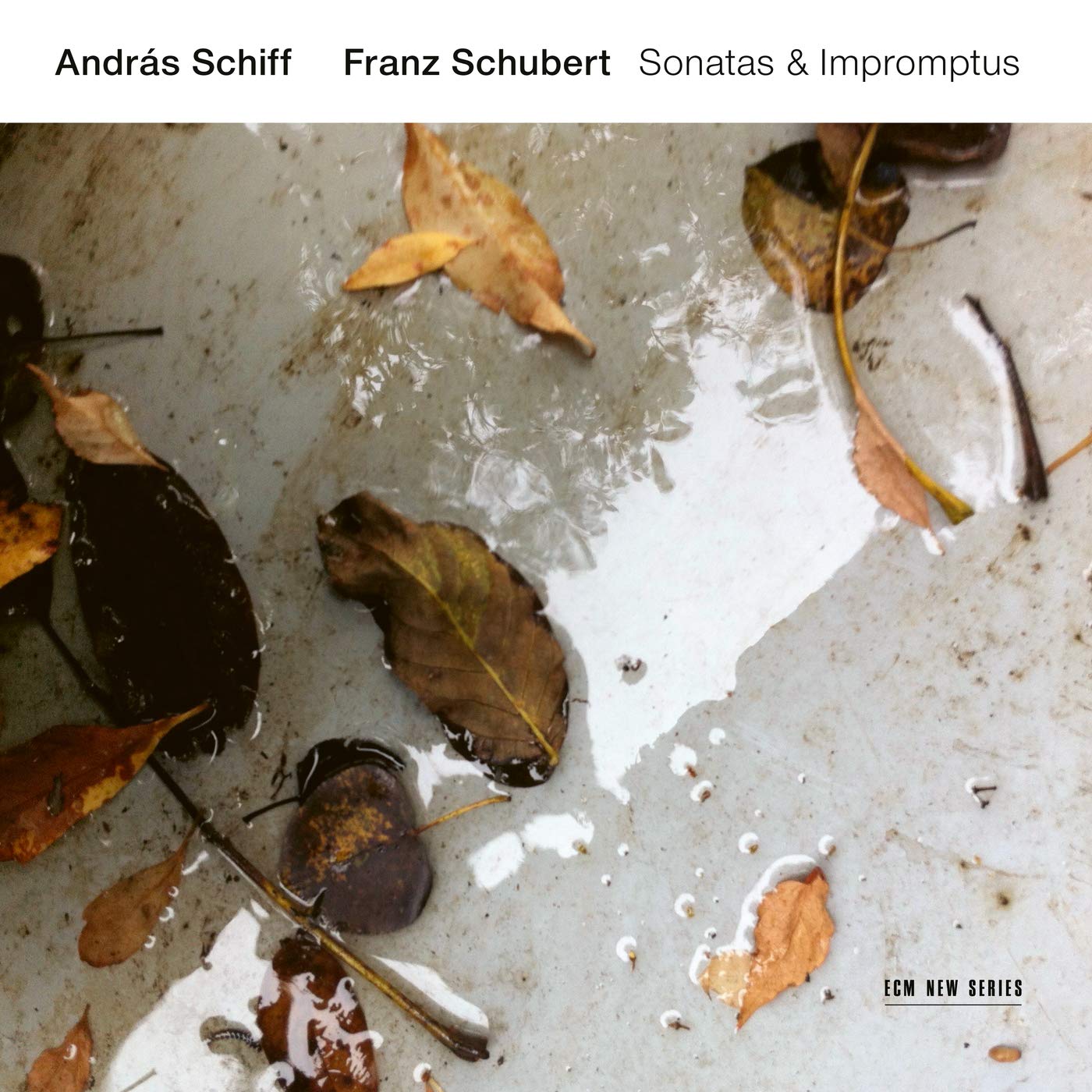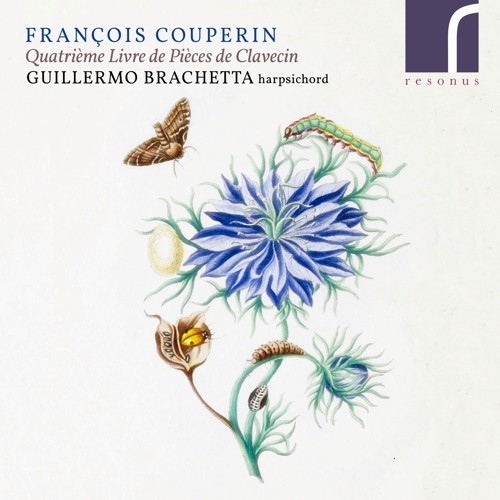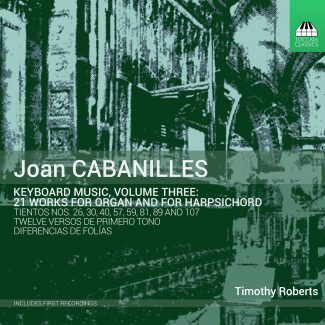Byron Schenkman 1875 Streicher piano, Jesse Irons violin, Kate Bennett Wadsworth cello
57:51
BSF191
Click HERE to buy this recording on amazon.co.uk
Byron Schenkman must be used to reading rave reviews in/on Early Music Review. Almost everything he does – across a vast range of musical styles – garners praise from whichever of our reviewers I send the discs to. This time, I decided to keep the disc for myself, mostly because I have long wondered why Clara Schumann remains outside the musical mainstream when the music I’ve heard by her is outstanding. With his colleagues, Jesse Irons and Kate Bennett Wadsworth, Byron has merely underlined my disbelief; the three Romances op. 22 are more than capable of holding their own in any violin recital (the first is in the challenging key of D flat major!), the G minor Piano trio op. 17 held my wrapt attention for the duration (and I have to confess that there are few such works that have managed that!), and the Romance from her teenage Piano concerto op. 7 (how audacious of a 16 year old to write the central movement of a work whose home key is A minor in A flat major!) which I had initially thought a miscalculated way to end the disc (after Schenkman’s immaculate readings of her husband’s Kinderszenen op. 15) turned out to be a poignant “yes, ladies and gentlemen, this is that talent that was the young Clara Schumann, who (being a dutiful wife) largely abandoned her creative genius in favour of supporting her husband”. In a short additional note, the cellist explains that research into 19th-century performance practice has broadened the palette of interpretative techniques at the group’s disposal. These are deployed appropriately and it is obvious throughout that the trio have an excellent rapport, such is the precision of their ensemble playing, despite the rhythmic ebb and flow. So full marks to performers, recording engineer, piano technicians and, last but not least, the still underrated composer! An hour of unmitigated pleasure.
Brian Clark
